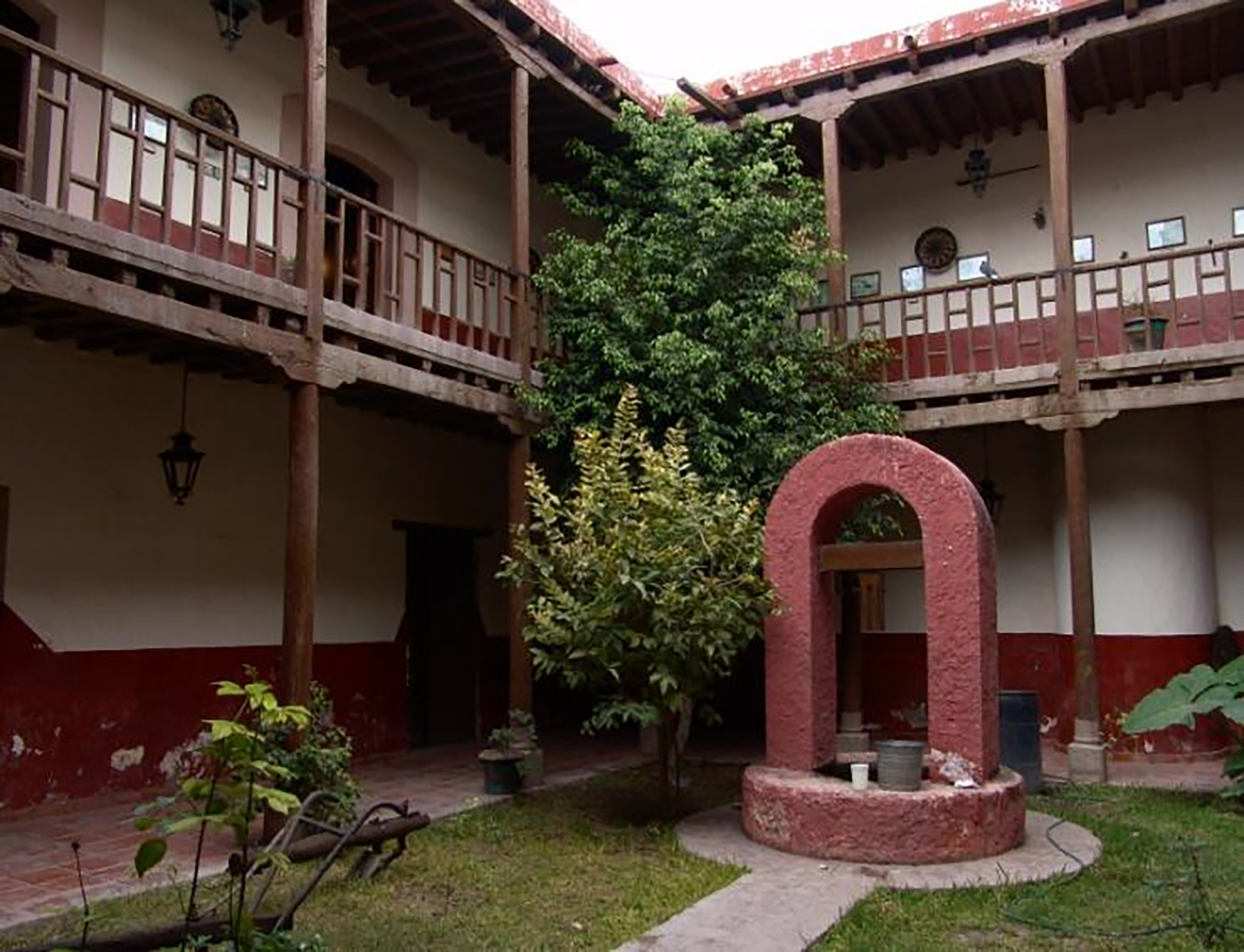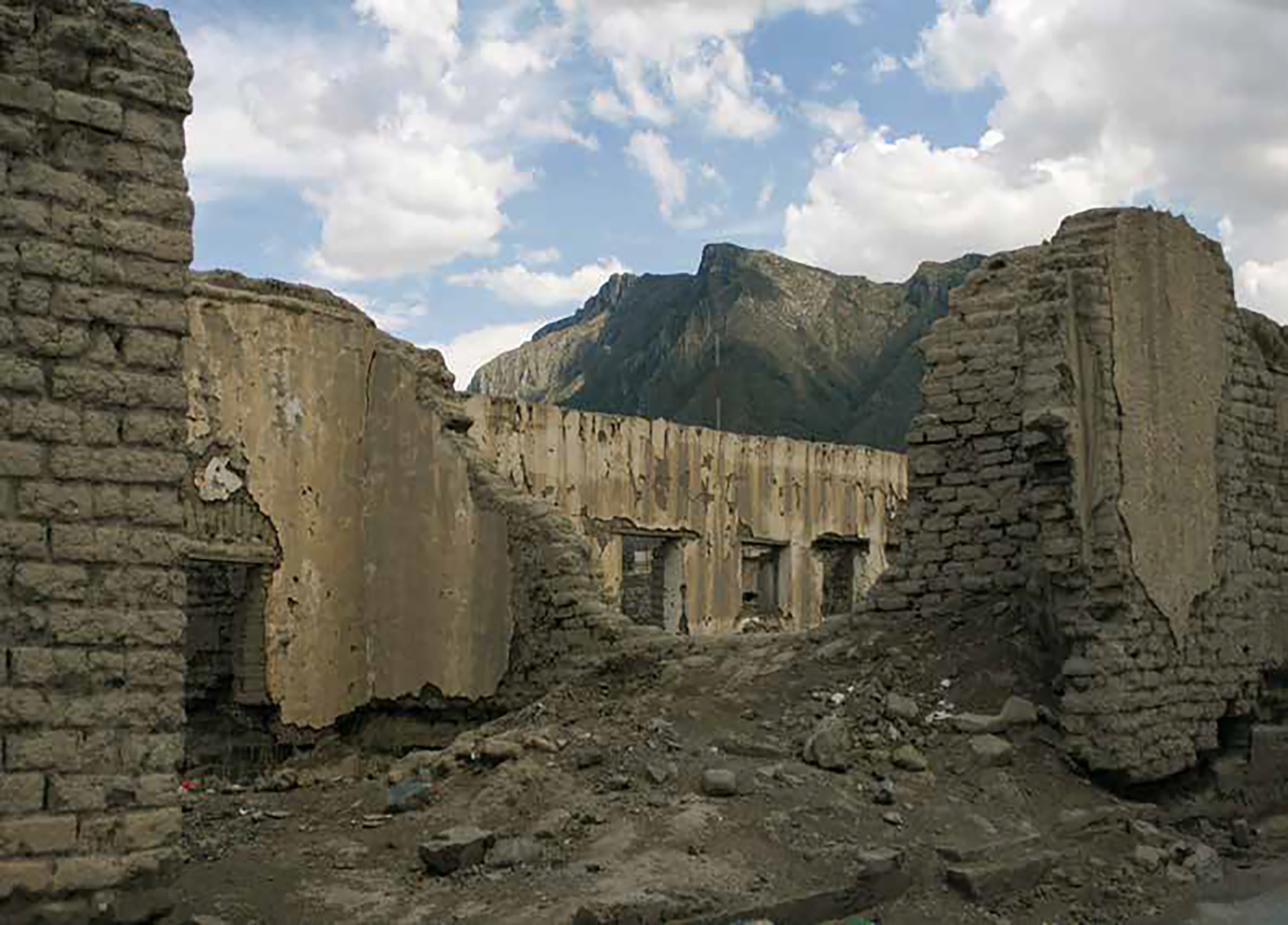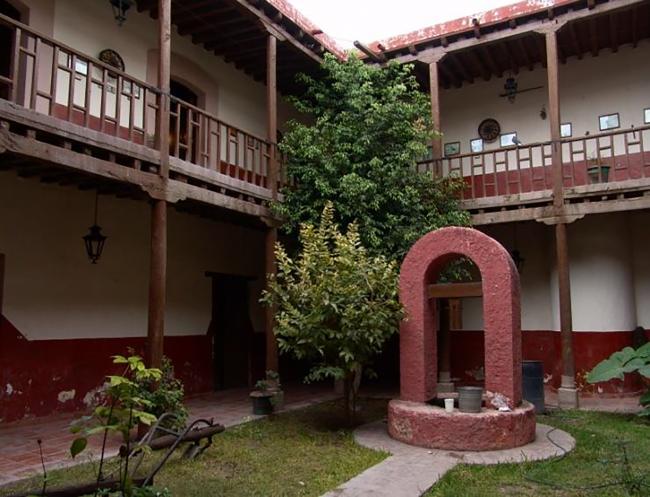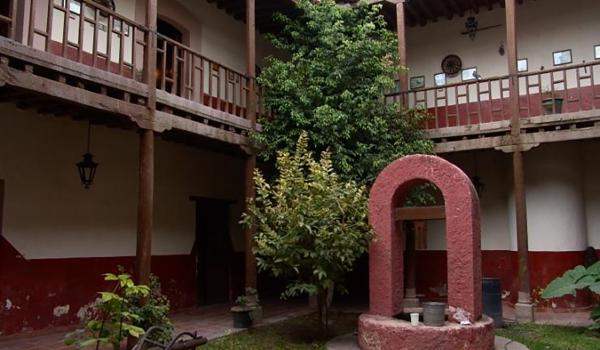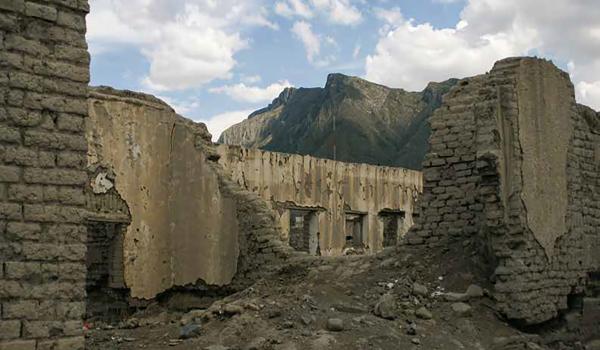Conjunto arquitectónico del pueblo de Mapimí
Route element
Conjunto arquitectónico del pueblo de Mapimí
In the late 16th century, Franciscan missionaries from Cuencamé entered the Mapimí region with the objective of carrying out their evangelizing work, founding several short-lived towns for this purpose.
Regarding the town of Mapimí, located in the municipality of the same name, it emerged in the 16th century as a Jesuit mission and over time played a crucial role in the development of the Camino Real de Tierra Adentro, primarily as an outpost of the Spanish crown. Its evolution began with the discovery of silver and gold deposits in the nearby mountains, leading Mapimí to transition from a mission to one of the most prominent mining centers in Nueva Vizcaya, known as the Real de Santiago de Mapimí.
In the early 18th century, the town of Mapimí faced several depopulations due to constant attacks by various indigenous groups resisting the advance of the Spanish.
It's worth mentioning that nearly all the development of the town of Mapimí was tied to the constant attacks by various indigenous groups resisting the Spanish advance. One of the major depopulations in the area occurred in 1715, when residents were forced to relocate to Cuencamé, taking with them an image of a crucified Christ known as the Lord of Mapimí. The cult of this Christ figure gained significant importance along the Royal Inland Road
By 1765, Mapimí had approximately 287 families, around 1,267 inhabitants, and there were 14 mines being exploited, with their products processed in six smelting haciendas.
The population growth, significant extraction of silver, gold, and lead (which was necessary for smelting silver from other mining sites like Parral), as well as the establishment of a military garrison, contributed to Mapimí being granted the status of a town (villa) in 1777.
Mapimí is characterized by its grid-like urban layout, where various viceregal houses were built, reflecting the importance the town attained in the 19th century. Among these are the Curato house and the Cigarroa family house, the latter constructed in the first half of the 19th century. It features a neoclassical façade and a undulating cornice typical of houses in the state of Durango.
Regarding religious viceregal architecture, the Temple of Santiago Apóstol is one of the most notable examples. It is constructed of masonry and features a pinnacle adorned with two gargoyles in the shape of lion heads, along with a sculpture of the apostle Santiago, the patron saint of the mining settlement.

